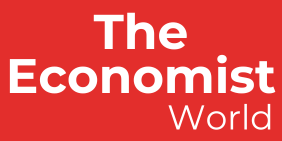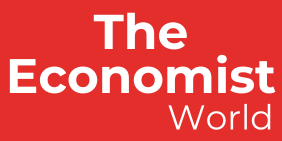Many of the country’s 120,000 online exporters, whose major market is the United States, are making those adjustments after US President Donald Trump imposed 34 per cent reciprocal tariffs on Chinese imports and ended the “de minimis” exemption that allowed packages worth less than US$800 to enter the US duty-free, according to Chinese merchants.
The 34 per cent increase reflects a country-specific 24 per cent duty stacked onto a 10 per cent universal baseline. The baseline rate will take effect on April 5, while the higher rate will come into force on April 9. The long-standing tariff exemption, meanwhile, ends on May 2.
These changes pose a huge challenge to small exporters, manufacturers and Chinese online merchants – epitomised by the “Made in China, sold on Amazon” community – and the further development of cross-border e-commerce.
Merchant Ding Minjian, from eastern Anhui province, said he was already looking to expand operations in new markets across Europe and the Middle East to reduce reliance on the US. Ding sells cosmetic press-on nails via TikTok and his company’s own website under the JWG.com brand.
Like many Chinese cross-border merchants, JWG.com runs an English-language website that supports online transactions and offers free shipping for certain purchases.


